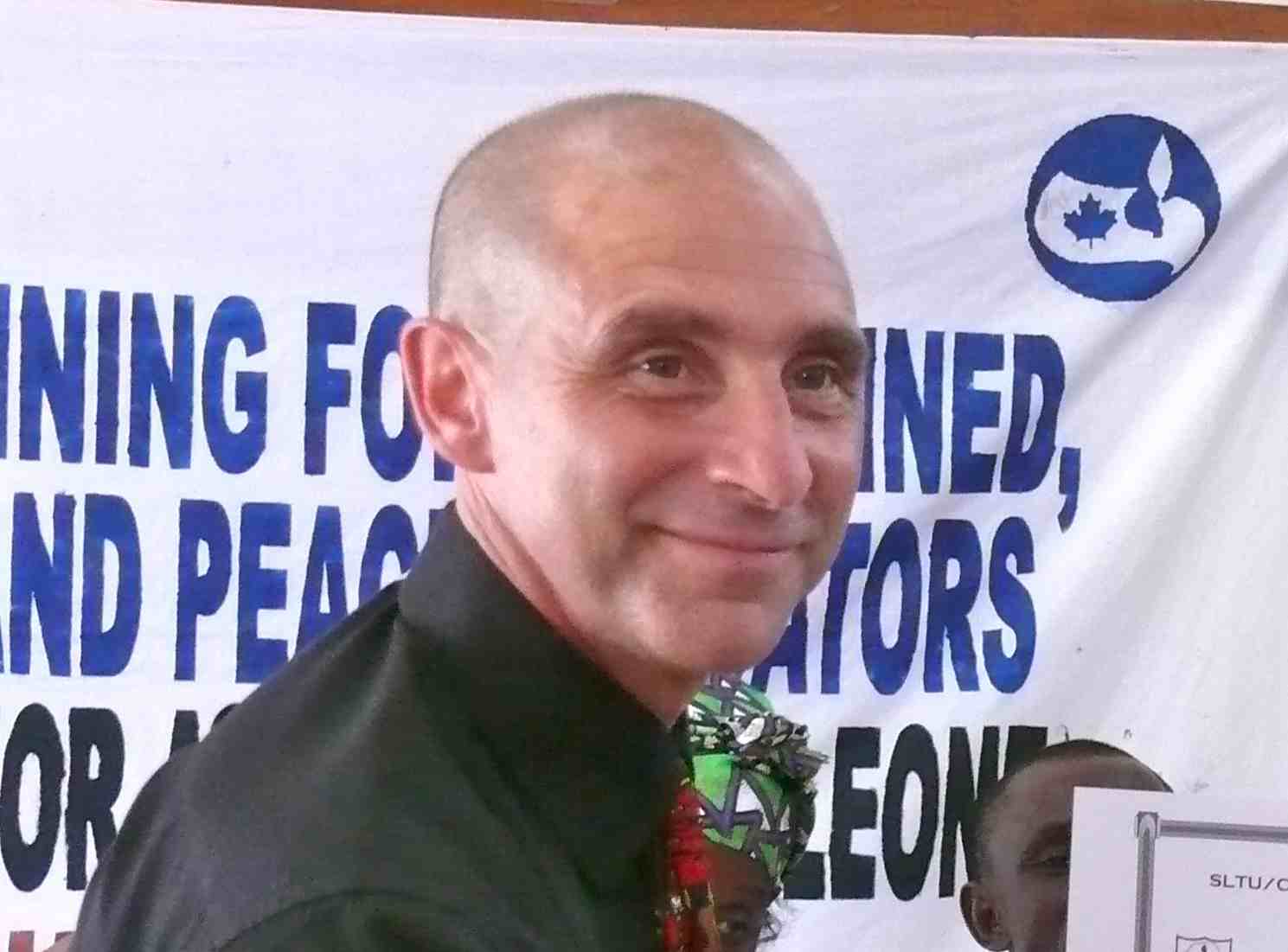When my students arrive into my alternative behaviour classroom in September, so do their parents and families. The family’s beliefs and attitudes about school have been shaping ever since their child became a part of the formal school system. For the family of my students, that means that most communication from the school has almost certainly been a negative scenario that had unfolded. So when I complete my first call home in September what do you think the response is from the parent who answers the phone? You are right, “Okay what did my child do now?”
Just as it takes time to build relationships with your students, so does it take time and effort to connect with families. This is especially true for families of students who have struggled in school or have had difficulty adjusting to school and classroom expectations. For me this starts with an onslaught of ‘Sunshine Calls’. A Sunshine Call is a strategy that I use to gain the confidence of my families by showing that I care about their child, I believe in their child and will balance the type of information that comes home and not dwell on the negative (attribute based approach).
The best analogy I can use to explain the benefits of this strategy is to compare it to banking. The more positive deposits that I put into my account (compliments, sunshine calls) the stronger that balance will be. When I do have to make a withdrawal (call home about a negative scenario) my positive balance will hold me over and the relationship will remain stable and the family will be more likely to support me knowing that it must be concerning for Mr. B. to be calling home about it.
What is exciting for me, is when my students start to understand and realize that their best efforts and positive changes will be shared often and ongoing with their family. I start by asking them if they would like me to c all home and tell their parents about some positive scenario that took place that day. They 100% of the time say an astounding yes. As they come to realize this is a regular part of our classroom, they begin to ask me to call their family and let them know about their math work or reading. That is the time that I know why I will always look to see the glass as half full.
all home and tell their parents about some positive scenario that took place that day. They 100% of the time say an astounding yes. As they come to realize this is a regular part of our classroom, they begin to ask me to call their family and let them know about their math work or reading. That is the time that I know why I will always look to see the glass as half full.


![4gzuYzgeDK2uv1DA[1]](https://heartandart.ca/wp-content/uploads/2015/06/4gzuYzgeDK2uv1DA1-576x1024.jpg)


